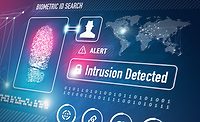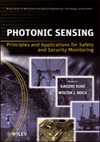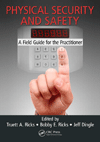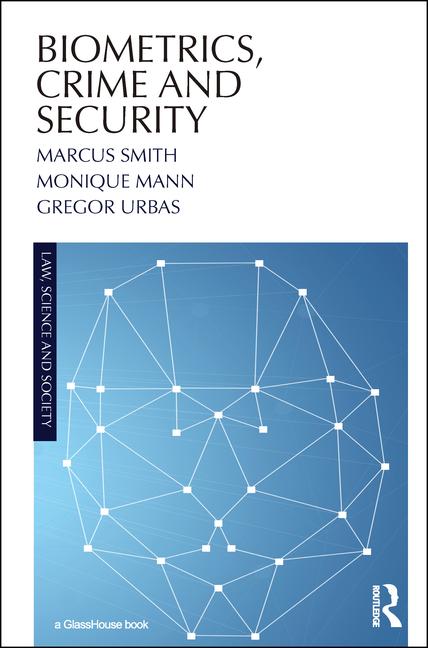Integrated Solutions
Enhancing school safety: Leveraging multi-sensor devices and video technology software
As education systems work to address security challenges with limited resources, data-driven video technology has emerged as an effective solution.

EvgeniyShkolenko / iStock / Getty Images Plus via Getty Images
United States school districts face many daunting issues in creating optimal learning environments, including providing students with security and safety. Students have a tough time engaging with classroom learning if they are fearful of attending school or worried about their safety and security. Many districts are seeking innovative solutions to secure their schools and protect students and staff.
As education systems work to address these challenges with limited resources, data-driven video technology has emerged as an effective solution. Open-platform video management software (VMS), smart cameras, sensors and intelligent analytics provide insights to identify and address potential safety and security threats. Technology advancements have made these systems more affordable and user-friendly for non-security and non-technical users.
While most schools have video security systems in place, these systems are often used only for reviewing incidents after the fact. However, VMS integrated with smart sensors can bring together information to help administrators understand their environment and make decisions in real time.
Today's advanced multi-sensor devices offer a wide range of capabilities that can significantly enhance safety, security and operational efficiency for schools and campuses. These intelligent sensors go beyond traditional security functions, providing valuable insights that empower administrators to proactively address potential issues.
Vape detection
One primary concern for educational institutions is the growing vaping epidemic. Multi-sensor devices equipped with advanced vape detection technology can identify the presence of vaping, smoking or other emissions in real time, even in challenging areas like restrooms and locker rooms. These sensors enable swift action and appropriate intervention by promptly alerting staff about vaping incidents.
In addition to vape detection, multi-sensor devices can monitor indoor air quality, tracking metrics such as temperature, humidity and volatile organic compounds (VOCs). This data helps schools maintain a healthy learning environment and quickly address any issues related to HVAC systems or air quality.
Audio analytics and keyword alerts
Audio analytics capabilities in today’s multi-sensor devices enable schools to detect and respond to potential threats or distress. Smart sensors can now recognize specific keywords associated with bullying, violence or vandalism, providing real-time alerts to staff members for rapid response and intervention.
These intelligent sensors go beyond traditional security functions, providing valuable insights that empower administrators to proactively address potential issues.
For example, a provider of multi-sensor devices, has developed a keyword alert system that uses simple phrases such as "help me," "stop it," and "emergency." Unlike other systems that might rely on complex, predetermined keywords, a real-world approach ensures that students and staff can easily remember and use these phrases in emergencies. In addition to English, the devices can also respond to keywords and phrases from more than 20 other languages and dialects, including French, Japanese, Spanish and Korean.
"By using simple, intuitive keywords that people actually say during distress, we're empowering students and staff to quickly and effectively alert authorities when they need help,” said Lance Parthemore, co-founder of Triton Sensors. “This is a powerful tool provided by AI-enabled technology."
Additionally, some multi-sensor devices prioritize privacy by not recording audio and only alerting to keywords spoken with intent, minimizing false alarms. This ensures that students feel safe and protected without compromising their privacy.
Occupancy monitoring and space utilization
Multi-sensor devices with people counting and occupancy monitoring features provide valuable insights into space utilization and crowd levels. This data can help schools optimize resource allocation, identify underutilized areas and ensure compliance with occupancy regulations. In an emergency, real-time occupancy information can assist first responders in locating and evacuating individuals quickly and efficiently.
The true power of multi-sensor devices is realized when they are integrated with data-driven, open platform video management software. An open platform VMS serves as a centralized hub for managing and analyzing data from various sensors and security systems, providing a unified view of the campus environment.
With an open platform VMS integration, schools can configure custom alerts, trigger event-driven actions and seamlessly share data across multiple systems. For example, when a keyword is detected by a device, the VMS can automatically notify relevant personnel, pull up live video feeds and initiate lockdown procedures if necessary.
A comprehensive solution
A combination of robust policies, educational programs and advanced technology can prove highly effective in managing the problems schools face today. Integrating data-driven video systems and smart sensors represents a significant step toward creating a safer and healthier learning environment.
To harness the full potential of these technologies, school administrators must ensure that they are implemented thoughtfully. This means considering privacy issues, obtaining necessary permissions and ensuring that the technology is used ethically and responsibly. It is equally important to provide school staff training to effectively use these systems and respond appropriately to the data and alerts.
It is crucial to remember that technology is only part of the solution. By taking a holistic approach, schools can make significant strides in addressing school health and safety concerns, promoting a secure and nourishing environment for all students.
Looking for a reprint of this article?
From high-res PDFs to custom plaques, order your copy today!









